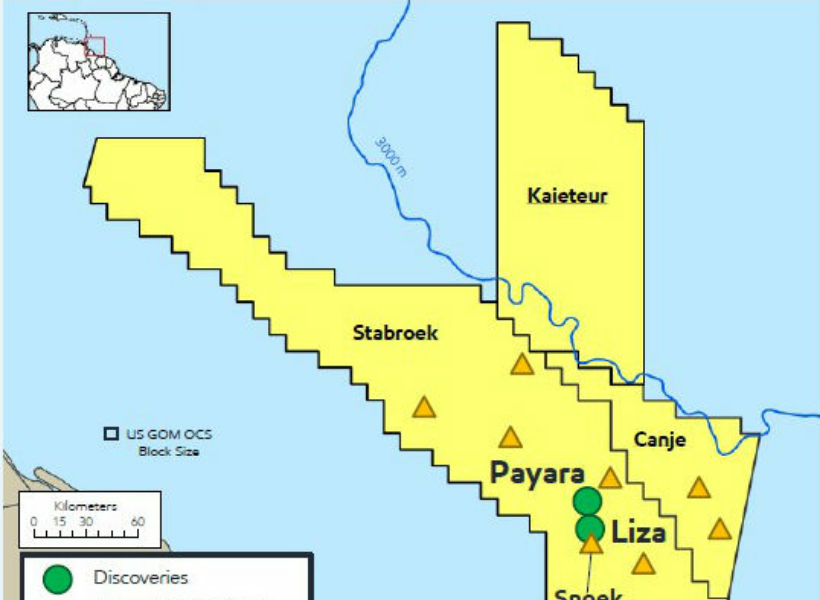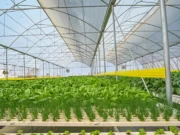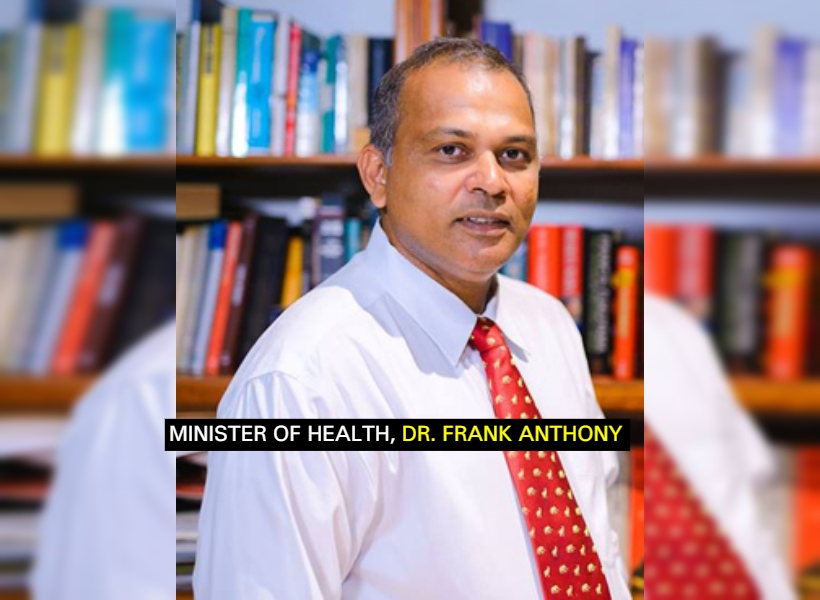For Guyana to achieve herd immunity against the COVID-19 virus, it must fully vaccinate between 80 and 90 percent of its adult population, says Health Minister, Dr. Frank Anthony. So far, some 368,850 Guyanese – 18 years and older – have received a first dose of a COVID-19 vaccine. This translates to 71.9% of the adult Guyanese population. Meanwhile, 225,050 or 43.9% have been fully immunised; receiving both doses of a vaccine. The figures show that Guyana is at the halfway mark in achieving herd immunity.
Herd immunity is a form of indirect protection from infectious disease that can occur with some diseases when a sufficient percentage of a population has become immune to an infection, whether through vaccination or previous infections, thereby reducing the likelihood of infection for individuals who lack immunity.
While vaccine uptake has been ‘good’, the official said that more needs to be done. With increase hospitalisation and deaths, the Minister sounded the call for more persons to get vaccinated and stressed the need for the country to achieve herd immunity in the shortest possible time.
“We’re trying to get as many people as possible [to get vaccinated]. To get to herd immunity, it means that we would have to get to be somewhere between 80 percent of our population to 90 percent,” he said during his COVID-19 update today.
He noted that the percentage needed to achieve herd immunity could vary because of the evolution of the virus.
“We now have the Delta strain – which is the dominant strain around the globe – and because that is more transmissible, you have to get a higher percentage of your population immunised so that you can prevent the spread of the disease…From the latest stats from the Bureau of Statistics, we have about 512,983 persons in that age category (18 years and older), and we have to get at least 80 percent of them fully vaccinated. So, we have a lot more work to do,” he said.
Meanwhile, 25,919 adolescents have received a first dose of the Pfizer vaccine, with 15,429 receiving both jabs. This represents 35.5% and 21.2% of that cohort, respectively.











